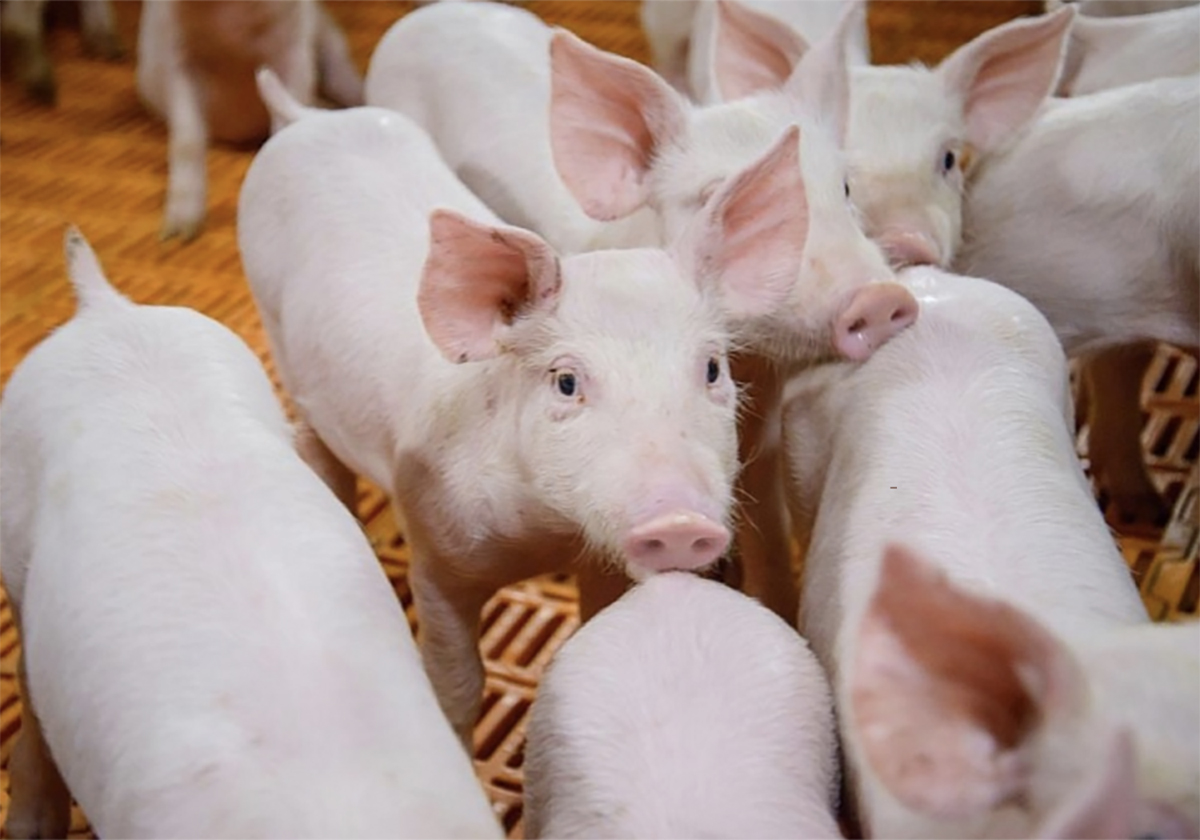BANFF, Alta. – Using novel feed grains and pulses in hog diets could shave costs for producers while maintaining good nutrition and pork quality.
Alberta Agriculture pork researcher Eduardo Beltranena is a champion of triticale and zero tannin fababeans. Research is proving these crops could be offered as suitable alternatives to feed wheat, barley and canola meal, which are climbing in price.
Both crops yield well and provide good energy to growing pigs, he told the recent Banff Pork Seminar.
“We believe dietary energy is what propels the pigs faster out of the barn.”
Read Also

The Western Producer Livestock Report – August 28, 2025
Western Producer Livestock Report for August 28, 2025. See U.S. & Canadian hog prices, Canadian bison & lamb market data and sales insights.
Beltranena’s feed trials have found that daily feed disappearance and weight gain on triticale were equal to feed wheat. As well, triticale had a slightly higher level of digestible energy, higher starch and fat content and lower protein and fibre, which also implied a higher net energy value.
Beltranena noticed a four percent improvement in feed conversion when triticale was used compared to wheat and found increased protein, calcium and phosphorus digestibility compared to wheat, which means less was excreted in the manure.
Two wheat and four triticale varieties were tested, but Beltranena said more research is needed on feed values of triticale and variety performance of new strains under development.
Triticale is a cross between wheat and rye. Eight million acres are grown worldwide – 250,000 in Canada – for hay, silage and grain.
It has a superior yield to wheat, is drought and disease tolerant and does well under excess moisture, acidic soil and heavily manured land.
It comes in spring and winter varieties and is best adapted to brown and black soil zones. It matures slower than CPS wheat, but that is not an issue in southeastern Alberta because of a longer growing season.
Zero tannin fababeans could be a good alternative to field peas. It is grown in the Peace and central districts of Alberta, and crop yields are superior to peas. They provide good energy and have 28 percent protein compared to 23 percent in peas.
Fababeans could displace soybean meal and because hog producers have good experience feeding peas, switching to fababeans poses no difficulty.
Beltranena recommends inclusion of zero tannin fababeans for young pigs weighing 10 kilograms or more.
A commercial trial using nearly 1,000 pigs showed no difference in feed disappearance when compared to soybeans.
Pork quality and carcass yield was equally good. However, pigs receiving a mix of fababean-soybean meal produced slightly darker meat compared to those on the soybean-peas mix.
While fababeans cost more than peas and less than soybean meal, there is an agronomic advantage. Fababeans yield higher than field peas so it is possible to produce about one more pig per acre.

















